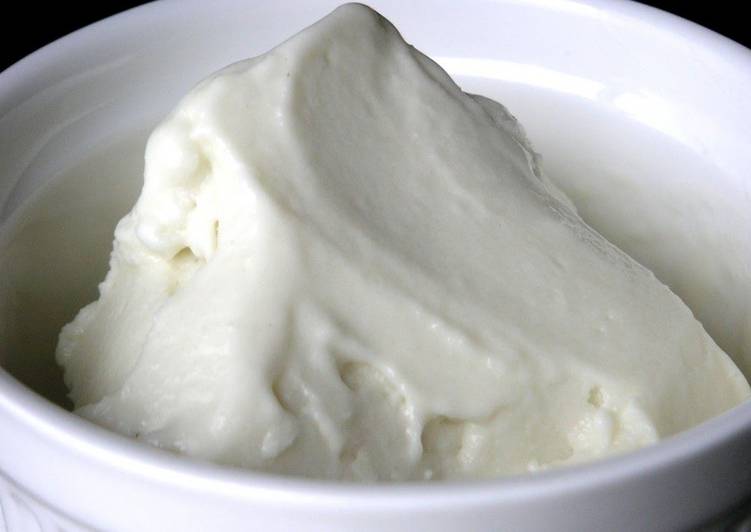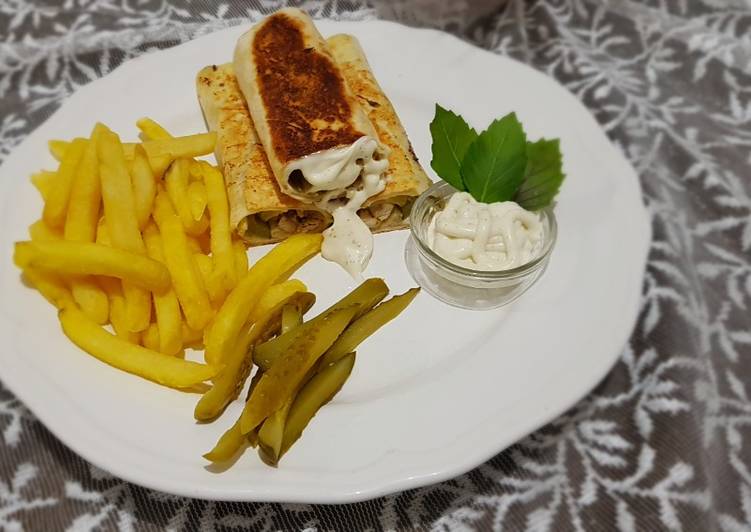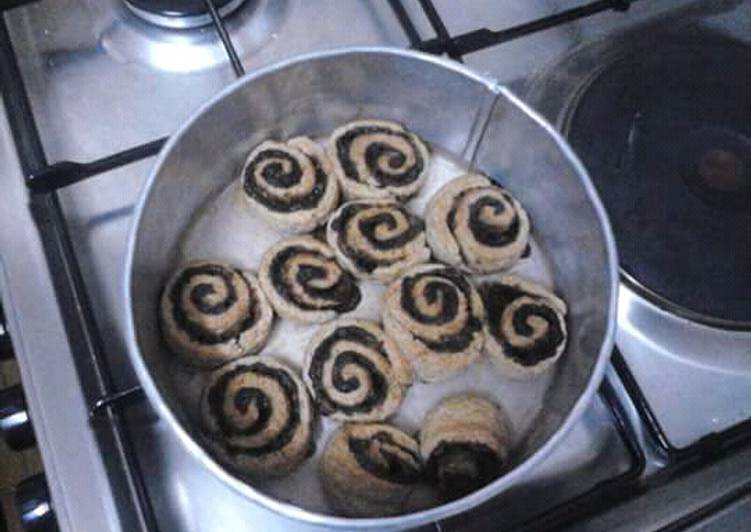
Hey everyone, it’s me, Dave, welcome to my recipe page. Today, we’re going to make a distinctive dish, satoimo (taro root) ice cream! with variations. One of my favorites. This time, I’m gonna make it a bit tasty. This is gonna smell and look delicious.
Great recipe for Satoimo (Taro Root) Ice Cream! This is an adapted version of my satoimo parfait. It needs a little processing before you eat it, but if you use a microwave it will become creamy in no time. Compared to the work involved in beating eggs or cream, or the need to.
Satoimo (Taro Root) Ice Cream! With Variations is one of the most well liked of current trending foods in the world. It’s appreciated by millions daily. It’s simple, it is quick, it tastes delicious. Satoimo (Taro Root) Ice Cream! With Variations is something that I have loved my entire life. They are fine and they look wonderful.
To begin with this recipe, we have to prepare a few components. You can have satoimo (taro root) ice cream! with variations using 6 ingredients and 14 steps. Here is how you cook it.
The ingredients needed to make Satoimo (Taro Root) Ice Cream! With Variations:
- Get Base:
- Get 250 grams unpeeled, 200 grams peeled Satoimo (taro)
- Make ready 200 ml Milk or homegenized soy milk
- Prepare 70 to 100 grams Sugar
- Get 1 pinch Salt
- Prepare 1 Vanilla extract
Simmered Taro (Satoimo no Nimono) is a classic home cooked recipe that compliments the main dish in a typical Japanese meal. A humble yet wonderful way to appreciate the remarkable texture and pleasant sweetness of this starchy root vegetable. Satoimo (Sa-toy-imo) is the Japanese name for the variety of taro root that grows wild and is also cultivated in Japan and in other parts of Southeast Asia. The name means "potato of the homeland." Botanically, this variety is classified as Colocasia esculenta var. antiquorum having smaller corms, or tubers than the more common taro.
Instructions to make Satoimo (Taro Root) Ice Cream! With Variations:
- Wash the unpeeled satoimo well. Wrap in plastic and microwave. When a bamboo skewer goes through easily, remove the peel with your hands. 250 g of satoimo unpeeled is about 200 g peeled.
- Put the satoimo, milk, sugar, salt and vanilla essence in a food processor, and process until smooth. Do this while the satoimo is still warm. It should have a thick consistency that won't drop from a spoon at this point.
- Transfer to a container and freeze. It will freeze in 2 to 4 hours.
- If you have the energy, pierce it several times with a fork just before it freezes solid to open many holes. This is to defrost it easier when it's time to eat it.
- When you want to eat this, defrost using the microwave's defrost function to soften it (or leave it out at room temperature)and mix well until it's your desired consistency.
- Cheese flavor: This is the version in the top photo. Add 100 g of cream cheese, 1 teaspoon rum, and 1/2 to 1 tablespoon of lemon juice to the base.
- Black sesame flavor: Add 1 tablespoon of black sesame seeds and 1 tablespoon of ground black sesame seeds to the base.
- Chocolate flavor: Add 40 g of bar chocolate and 1 tablespoon of cocoa powder. Warm up the milk in the base beforehand. Break up the chocolate bar and add to the food processor.
- Coffee and banana flavor: For coffee flavor, add 1 tablespoon of instant coffee to the base (it will be quite strong). For banana, add 100 g of banana and 1 tablespoon of banana liqueur to the base.
- Matcha and condensed milk flavor: To add matcha tea flavor, add 1 1/2 tablespoons to the base. For condensed milk flavor, use 3 tablespoons of sugar in the base and add 3 to 4 tablespoons of condensed milk.
- Zunda flavor: Add 50 g of shelled edamame (100 g before shelling).
- Raspberry flavor: Add 50 g of raspberries to the base. I made the sauce by processing raspberries and condensed milk together.
Satoimo (Sa-toy-imo) is the Japanese name for the variety of taro root that grows wild and is also cultivated in Japan and in other parts of Southeast Asia. The name means "potato of the homeland." Botanically, this variety is classified as Colocasia esculenta var. antiquorum having smaller corms, or tubers than the more common taro. The Best Taro Root Recipes on Yummly See more ideas about Taro root, Taro, Recipes. Taro, or also known as kalo in Hawaiian, malanga in Cuban and yam in Malasyian is a potato look alike vegetable plant whose beginnings are considered to be in India (India has the best Taro recipes).
So that is going to wrap it up with this exceptional food satoimo (taro root) ice cream! with variations recipe. Thank you very much for your time. I’m sure you will make this at home. There’s gonna be more interesting food at home recipes coming up. Remember to save this page in your browser, and share it to your loved ones, friends and colleague. Thank you for reading. Go on get cooking!

